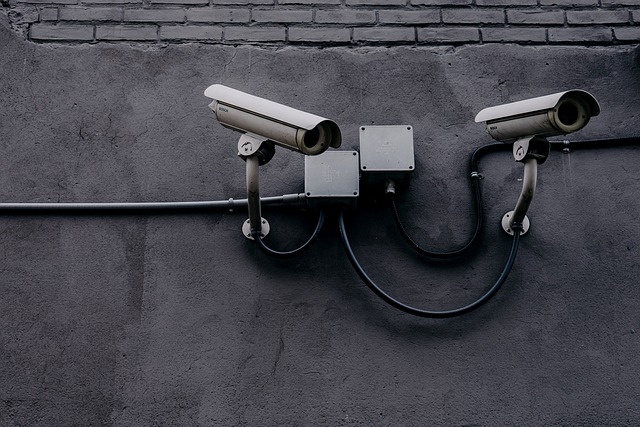Diving into Linear and Nonlinear System Control: A Comprehensive Guide
When navigating the fascinating domain of control systems, one inevitably encounters the fundamental concepts of linear and nonlinear system control. These two pillars shape how engineers and researchers design, analyze, and implement systems that respond predictably—or adaptively—to inputs. Whether you’re a student stepping into control theory for the first time, or a seasoned professional refining your understanding, grasping the nuances of these systems is essential.
Understanding Linear System Control
Linear system control is the bedrock of classical control theory. It operates under the assumption that the system’s behavior can be described using linear equations. This assumption simplifies the analysis, allowing engineers to employ powerful mathematical tools such as Laplace transforms, frequency response techniques, and state-space representations.
One of the key advantages of linear systems is predictability: if you double the input, the output doubles, too. This proportionality makes designing controllers—like PID (Proportional-Integral-Derivative) controllers—straightforward and efficient. Most early automatic control systems, from cruise control in cars to temperature regulation in furnaces, leverage the elegance of linear control.
The Complexity of Nonlinear System Control
However, the real world rarely conforms to perfect linearity. Systems often exhibit nonlinear behaviors: saturation, dead zones, hysteresis, or chaotic dynamics. Enter nonlinear system control, a field dedicated to managing these complex, often unpredictable systems.
Nonlinear control demands more sophisticated approaches because linear principles no longer apply cleanly. Techniques such as Lyapunov stability analysis, feedback linearization, sliding mode control, and adaptive control come into play, offering strategies to stabilize, control, and optimize nonlinear plants.
Consider robotic arms with joint friction, chemical reactors with exothermic reactions, or economic models—these are nonlinear systems where linear assumptions fall short. Controlling such systems requires deep insight and tailored methodologies to ensure robustness and reliability.
Why Both Matter in Control Engineering
The interplay between linear and nonlinear system control is not just academic—it’s a practical reality. Many modern control strategies start by approximating nonlinear systems with linear models around operating points, then apply more advanced nonlinear techniques for global stability and performance.
By mastering both, engineers can design controllers that are not only effective under ideal conditions but also resilient when the system behaves unpredictably. This dual expertise opens doors to innovation in fields like autonomous vehicles, aerospace, robotics, and smart grids.
Bringing It All Together
Whether you’re managing a simple temperature control loop or orchestrating a complex robotic system, understanding the difference between linear and nonlinear control systems is crucial. It empowers you to select the right tools, anticipate system responses, and engineer solutions that are both efficient and robust.
At the heart of control lies this dynamic balance: simplicity and complexity, predictability and adaptability. Diving deep into linear and nonlinear system control is a journey into the core of how we shape technology to serve our needs reliably and intelligently.




